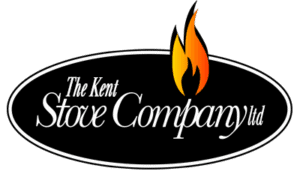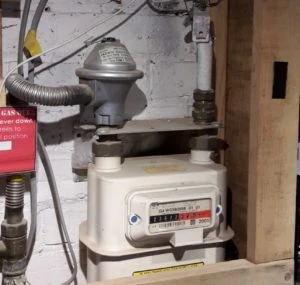
Gas supply: Mains or LPG?
Ideally you'll have a mains gas tap just where you want your stove or fire. If not, we may be able to tap into a nearby gas pipe and install one. This is not always possible as the pipe may not be big enough to supply the additional requirement. We may then have to install a direct supply back to the meter.
Or consider LPG (Calor) gas. A full LPG system including bottles and auto-changeover usually comes out in the region of £1000, subject to survey.
More LPG info on the Stovax Gazco website
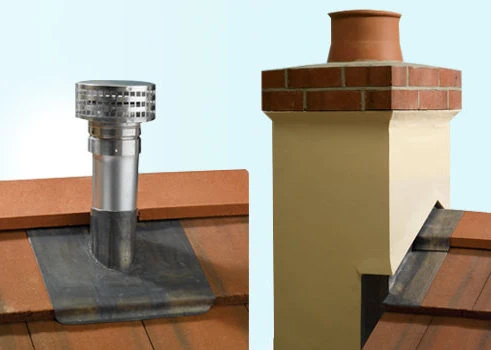
Chimneys and Flues
It's usually possible to fit a gas stove or fire in most properties. This can be to vent up an existing brick chimney, a dedicated gas flue or, if on an outside wall, straight out the back wall via a balanced flue arrangement. If none of these are possible we may be able to build a chimney flue from scratch in a sectional insulated flue pipe - a twin-wall flue.
Different fires and stoves have different "chimney" requirements. A survey will determine the best options and choices for your circumstances.
More chimney info can be found on the Stovax Gazco website
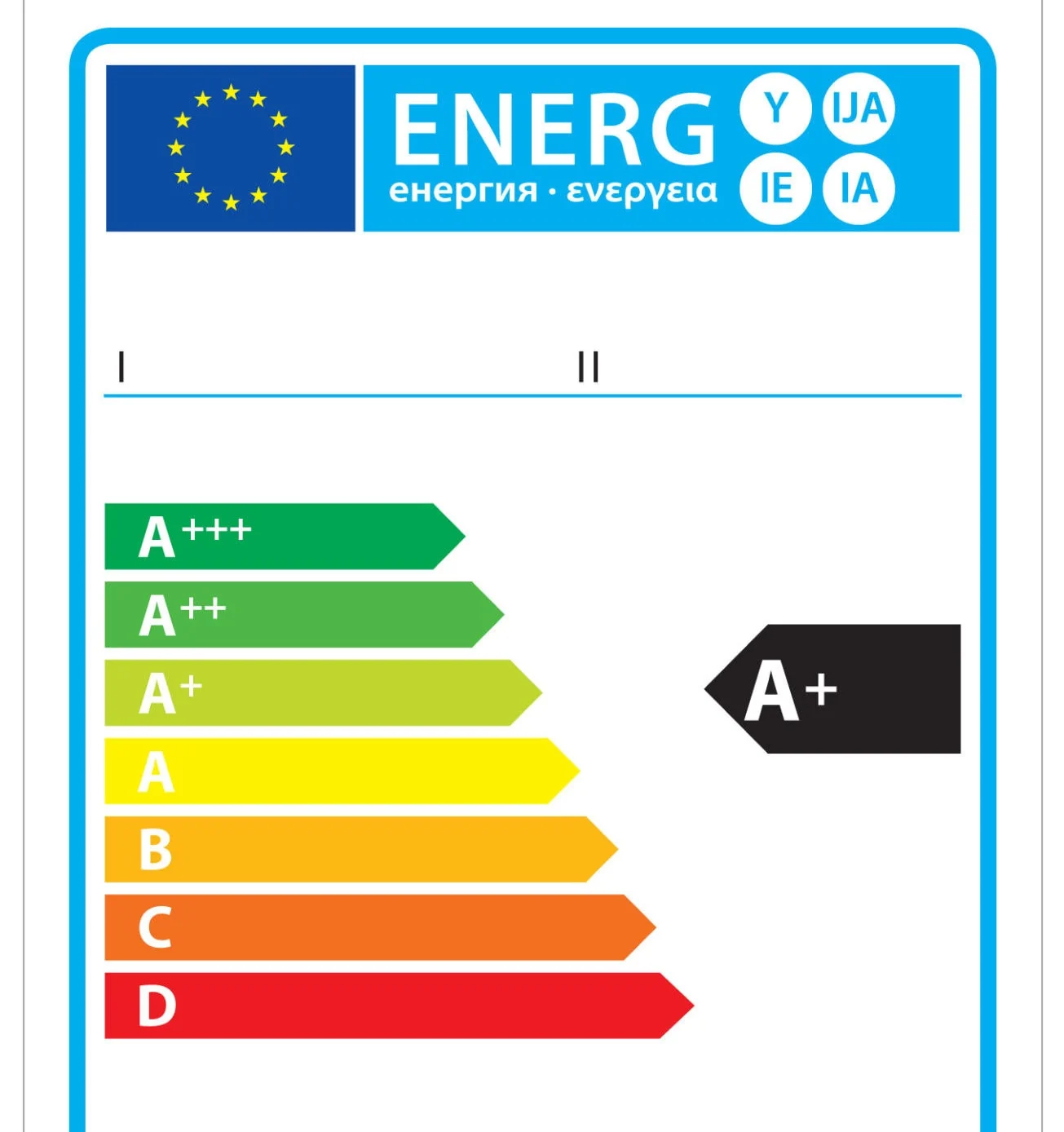
Heat Output and Efficiency
Heat output from a stove or gas fire is generally quoted in Kilowatts (Kw). If that means nothing to you, think of an electric fan heater which usually puts out around 1Kw on setting 1 and 2Kw on setting 2.
As a rough guide 1Kw is good to heat around 15 cubic metres of room, assuming no other heating on a cold day. So if your room was 4.5m x 4m x 2.5m high (13' x 12' x 8'), 45 cubic metres, divide that by 15 and you'll see you need around 3Kw output. So look for stoves or fires putting out 2-4Kw.
Efficiency is about how much heat is wasted up the chimney or flue. 85% efficiency means you are losing 15% of the heat up the chimney.
More gas efficiency info can be found on the Stovax Gazco website
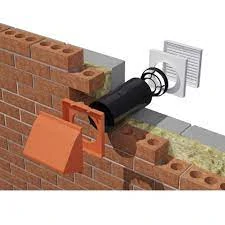

Air vents
Gas fires need air to mix with the gas to cause combustion. If this air is drawn from inside the room it may be necessary to fit an inward air vent through the wall to supply sufficient air for the fire to operate correctly and safely.
The regulations regarding whether or not an inward air vent for a gas fire or stove is required depend on the type of appliance, the kilowatt input / output and the type of chimney or flue. It's not easy therefore to safely give any general rules. Our surveyor will be able to advise once all the factors are known.
In most cases a balanced flue arrangement will not require a separate inward air vent as air is drawn in from outside through the balanced flue and burned gases vented out again the same way. In this case the fire or stove becomes a "room sealed appliance". I.E. the appliance operates independent of the air in the room.
Most brochures and manufacturer's websites will give an indication, possibly with a symbol or note saying "no air vent required".

Remote Controls
An increasing number of fires and stoves come with an optional or standard remote control. Some of these offer options not just to control the appliance but to programme it to come on at pre-set times and by thermostatic control. See: Stovax remote Controls
